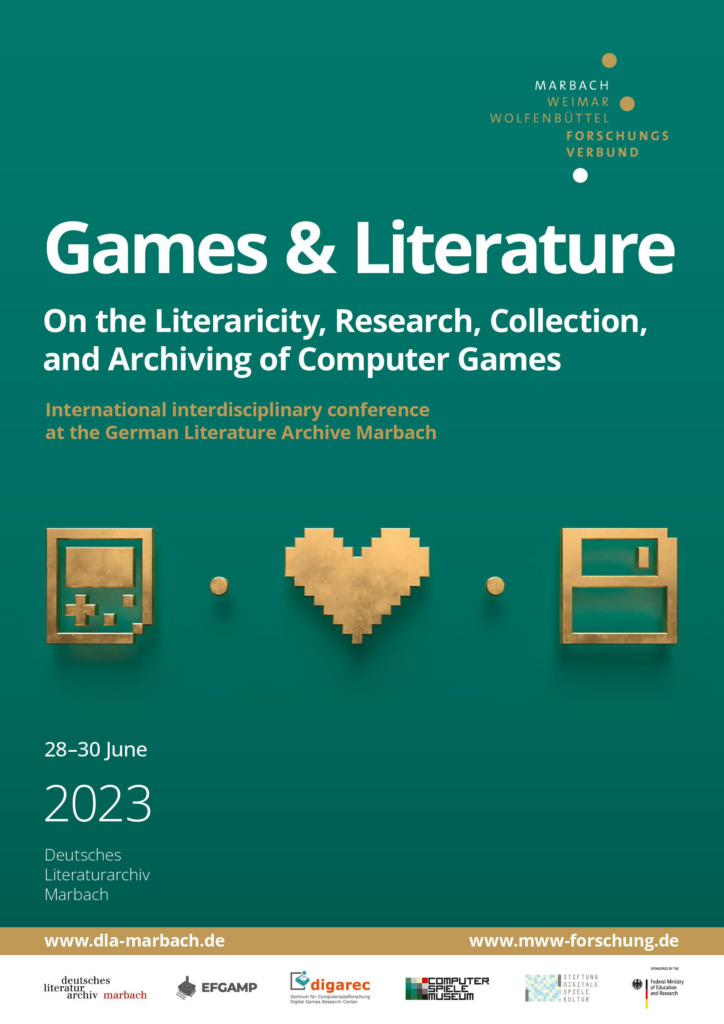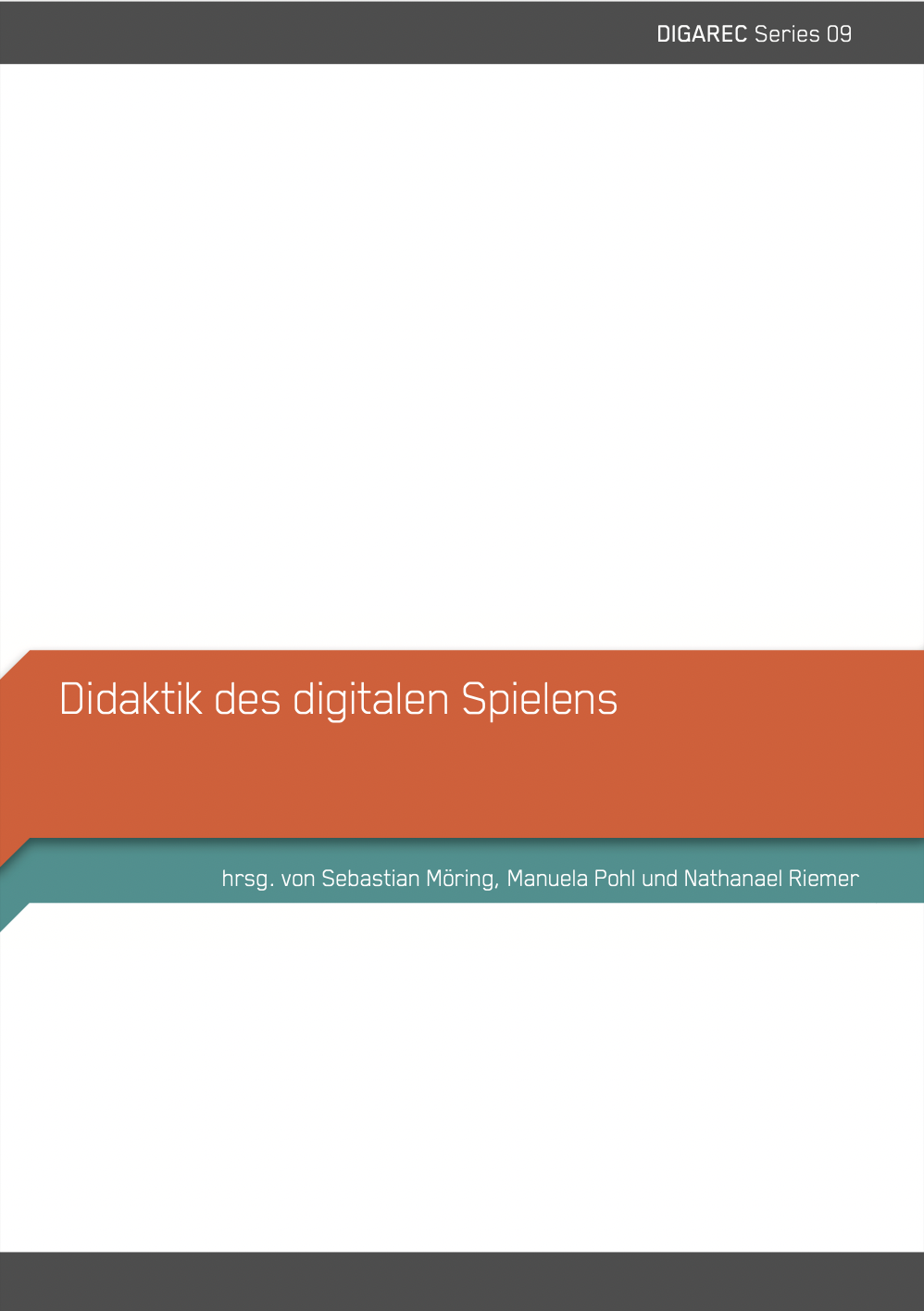DIGAREC LECTURE am 18.12.2008
[lang_en]„Designing Wonder: Head Bumps, Dimensional Flips, and Scattered Melodies as Imaginal Labor in Some Recent Mario Games“
James Tobias, Ph.D. (University of California, Riverside)
December 18, 2008 – 6 pm (c.t.) – 8 pm
house 8, room 60/61
Campus Neues Palais, University of Potsdam
Am Neuen Palais 10
D-14469 Potsdam
Germany
Liu (2004) argues that “post-industrial” “knowledge work” requires differentiating critical from corporatized learning; Hardt’s (1999) characterization of resistant “affective labor” in Toyotist production regimes has been one influential approach in that context which Stiegler ([2003] 2008) characterizes more broadly as “hyperindustrialism”: production regimes unifying the production of goods and of “spirit” in the same, synchronized technical processes. Perhaps where the production of work and play intersect in terms of learning, they are to be valued and differentiated in terms of affect. In this talk, I bring these questions of labor, learning, and play to bear on computer-mediated recreation (“video games”) considered as a problem of hyperindustrial design; Nintendo’s Wii console provides the primary example of recreational production of information where learning, play, and work are historical objects of design. Hyperindustrial appliances like the Wii design wonder for computer-mediated recreation by deploying gestural-technical stylistics earlier prototyped in human-computer interaction design research. I present a summary of these historical stylistic tendencies in interaction design research, and I suggest how the Wii deploys them to orient recreation and sociality, in essence, as “offsites” for information production. The Nintendo Wii’s increased provisioning of bandwidth for player action orients “wonder” in specific ways, in part to negotiate ethical claims to differentiate contemporary play and work while emphasizing “playful learning.” In this negotiation, too, the console affords a powerful “signature effect”: an unprogrammed temporal object diagrammed in digital recreation as conduct not quite reducible to the functional gestures which operate the console — and an effect currently being extended in a range of modifications by researchers and amateurs alike.
Keywords: affect, labor, play, knowledge work, Nintendo, Wii, wonder, design, gesture, technics.
The talk will be held in English. [/lang_en]
[lang_de]„Designing Wonder: Head Bumps, Dimensional Flips, and Scattered Melodies as Imaginal Labor in Some Recent Mario Games“
James Tobias, Ph.D. (University of California, Riverside)
18.12.2008 – 18Uhr (c.t.) – 20Uhr
Haus 8, Raum 60/61
Campus Neues Palais Universität Potsdam
Am Neuen Palais 10
14469 Potsdam
Liu (2004) argues that “post-industrial” “knowledge work” requires differentiating critical from corporatized learning; Hardt’s (1999) characterization of resistant “affective labor” in Toyotist production regimes has been one influential approach in that context which Stiegler ([2003] 2008) characterizes more broadly as “hyperindustrialism”: production regimes unifying the production of goods and of “spirit” in the same, synchronized technical processes. Perhaps where the production of work and play intersect in terms of learning, they are to be valued and differentiated in terms of affect. In this talk, I bring these questions of labor, learning, and play to bear on computer-mediated recreation (“video games”) considered as a problem of hyperindustrial design; Nintendo’s Wii console provides the primary example of recreational production of information where learning, play, and work are historical objects of design. Hyperindustrial appliances like the Wii design wonder for computer-mediated recreation by deploying gestural-technical stylistics earlier prototyped in human-computer interaction design research. I present a summary of these historical stylistic tendencies in interaction design research, and I suggest how the Wii deploys them to orient recreation and sociality, in essence, as “offsites” for information production. The Nintendo Wii’s increased provisioning of bandwidth for player action orients “wonder” in specific ways, in part to negotiate ethical claims to differentiate contemporary play and work while emphasizing “playful learning.” In this negotiation, too, the console affords a powerful “signature effect”: an unprogrammed temporal object diagrammed in digital recreation as conduct not quite reducible to the functional gestures which operate the console — and an effect currently being extended in a range of modifications by researchers and amateurs alike.
Keywords: affect, labor, play, knowledge work, Nintendo, Wii, wonder, design, gesture, technics.
Die Vorlesung wird in Englisch gehalten.[/lang_de]


